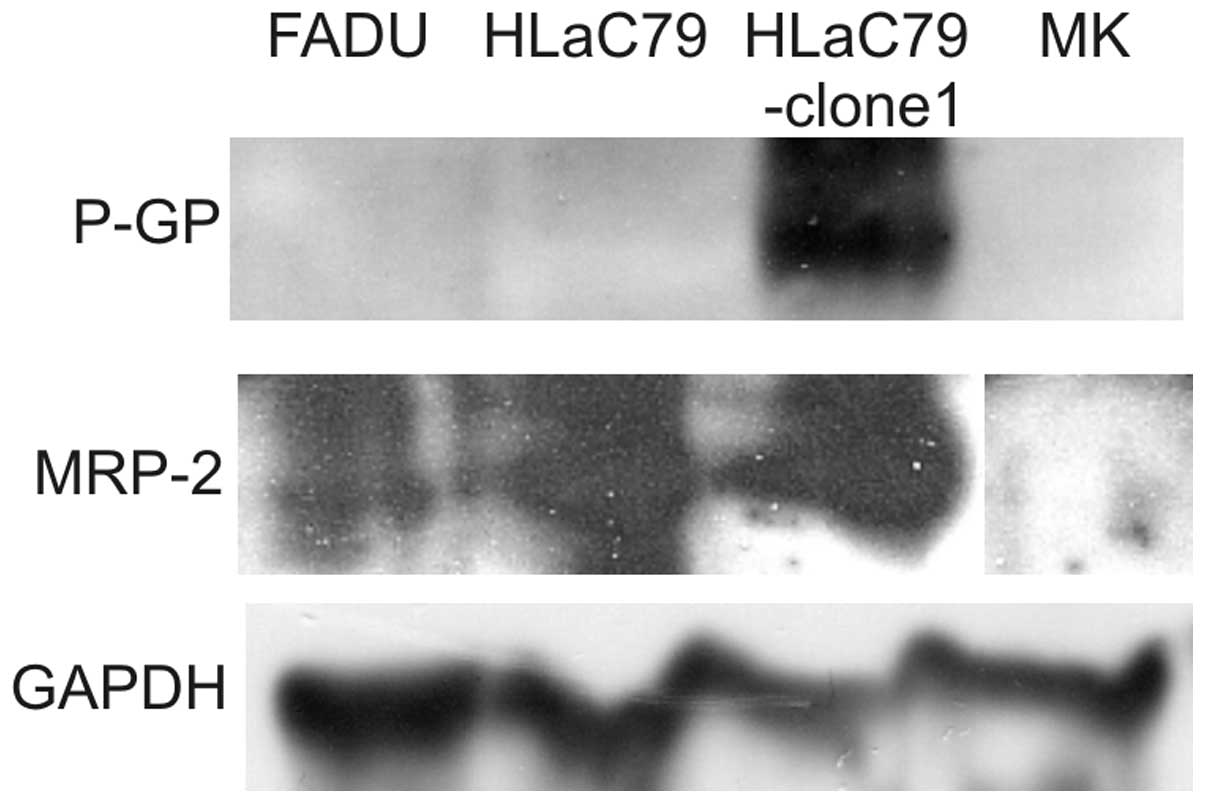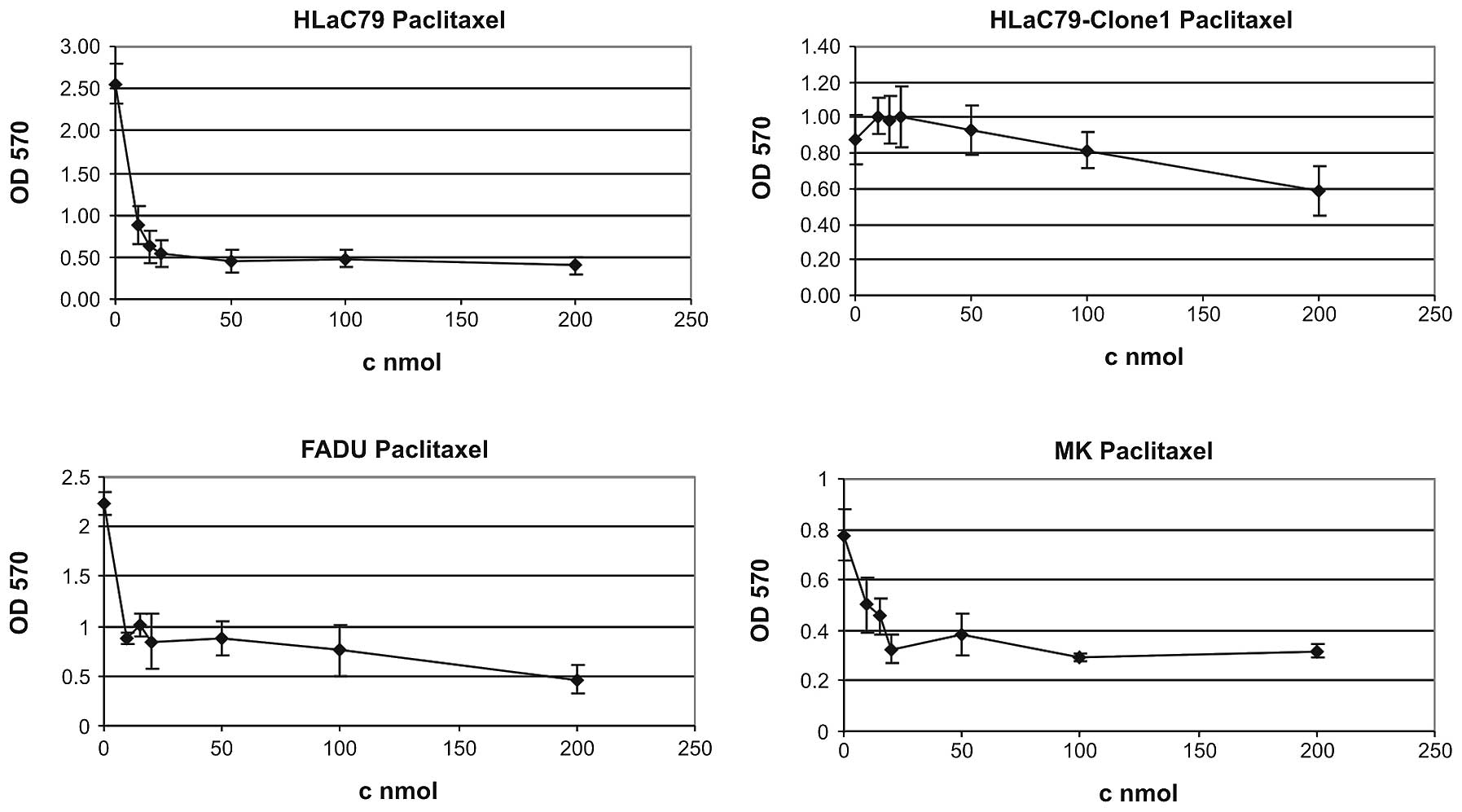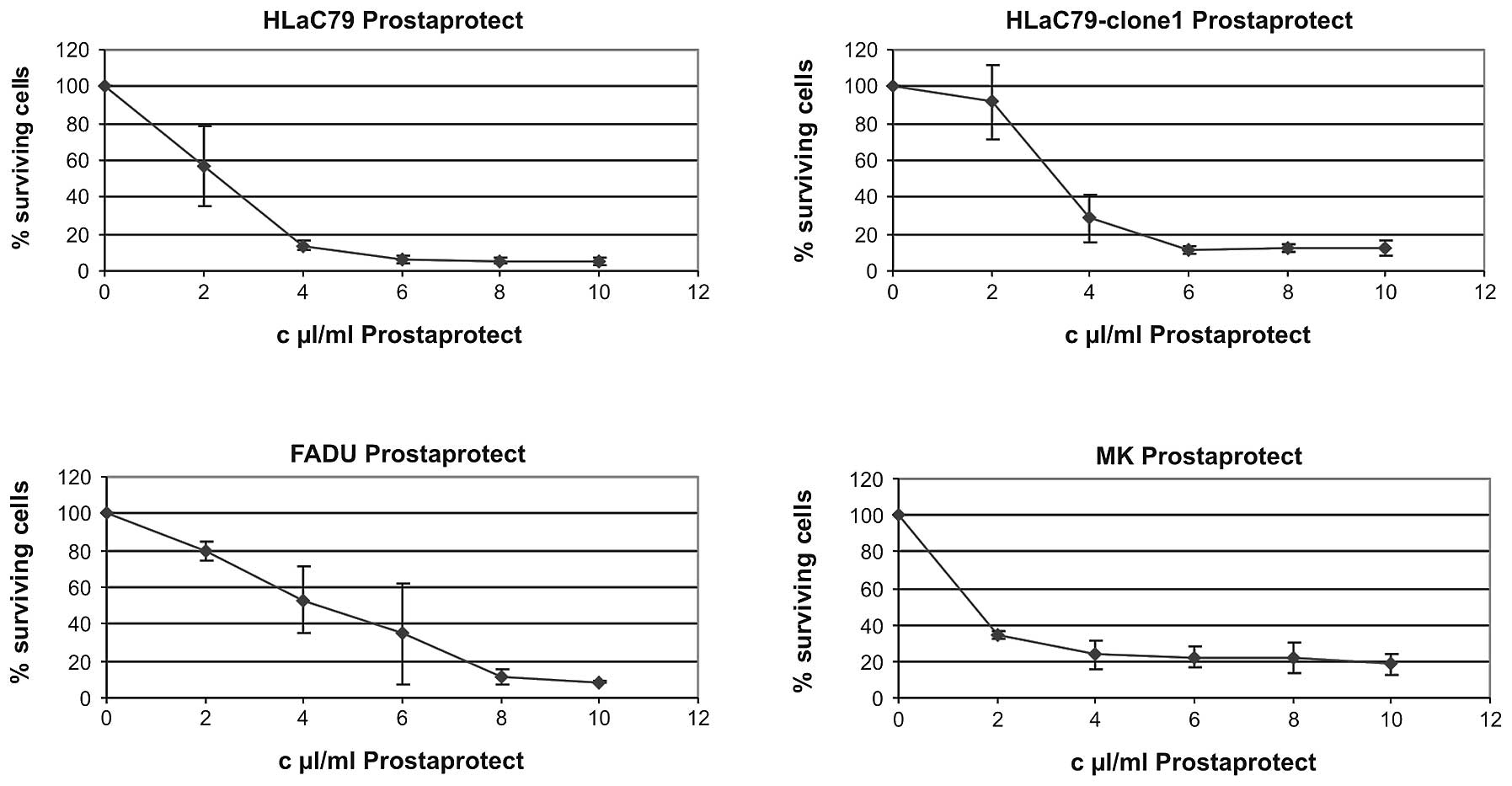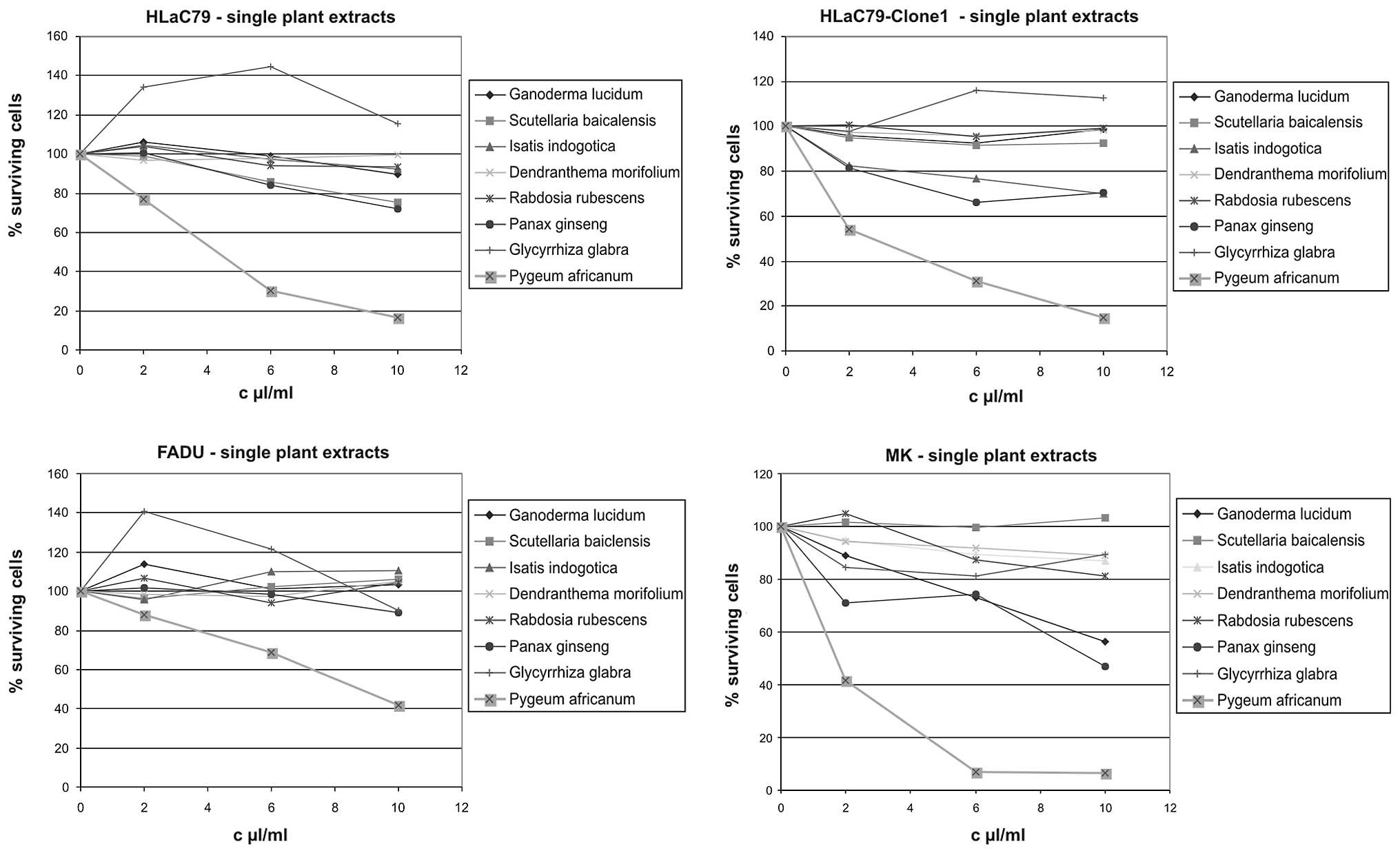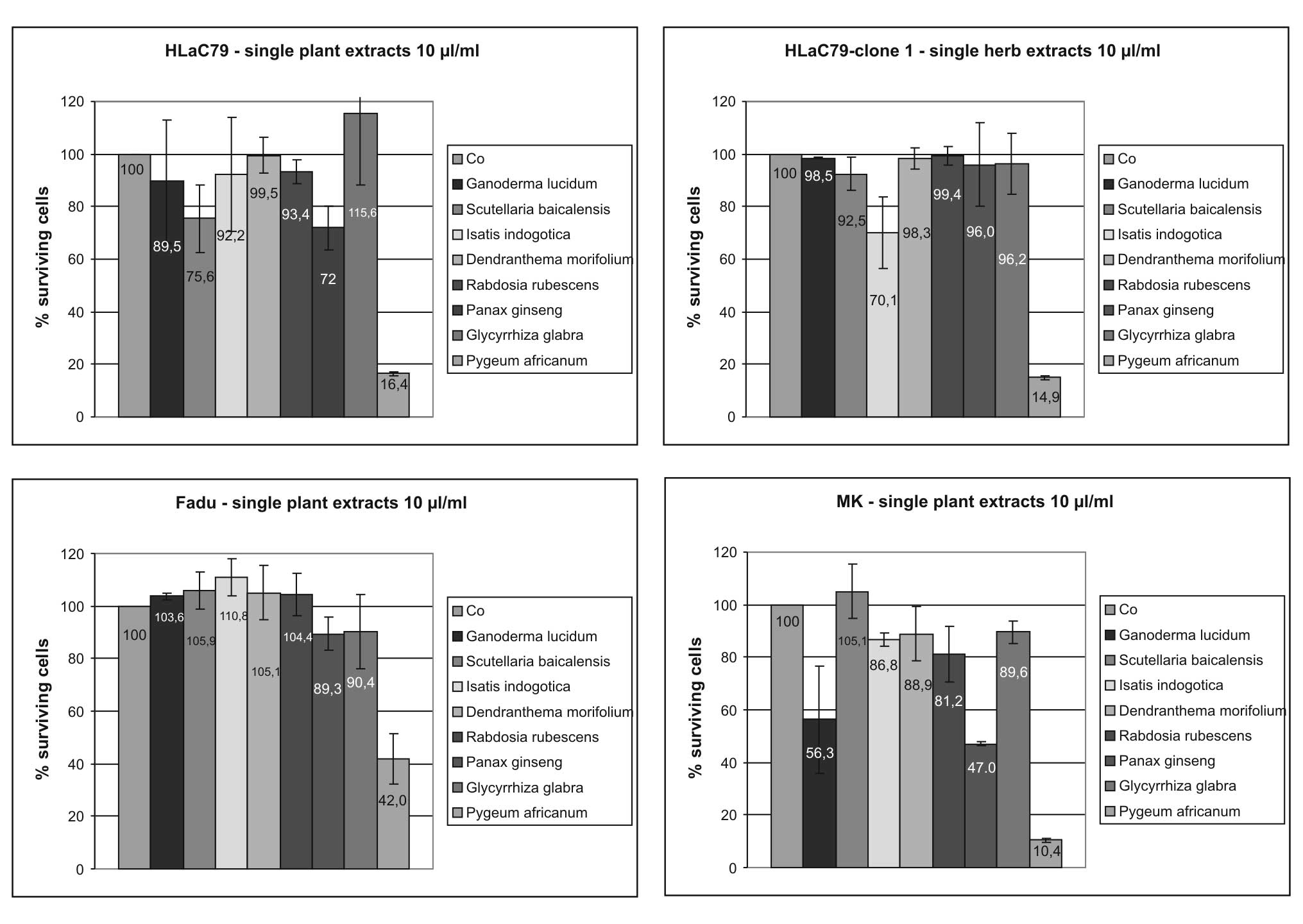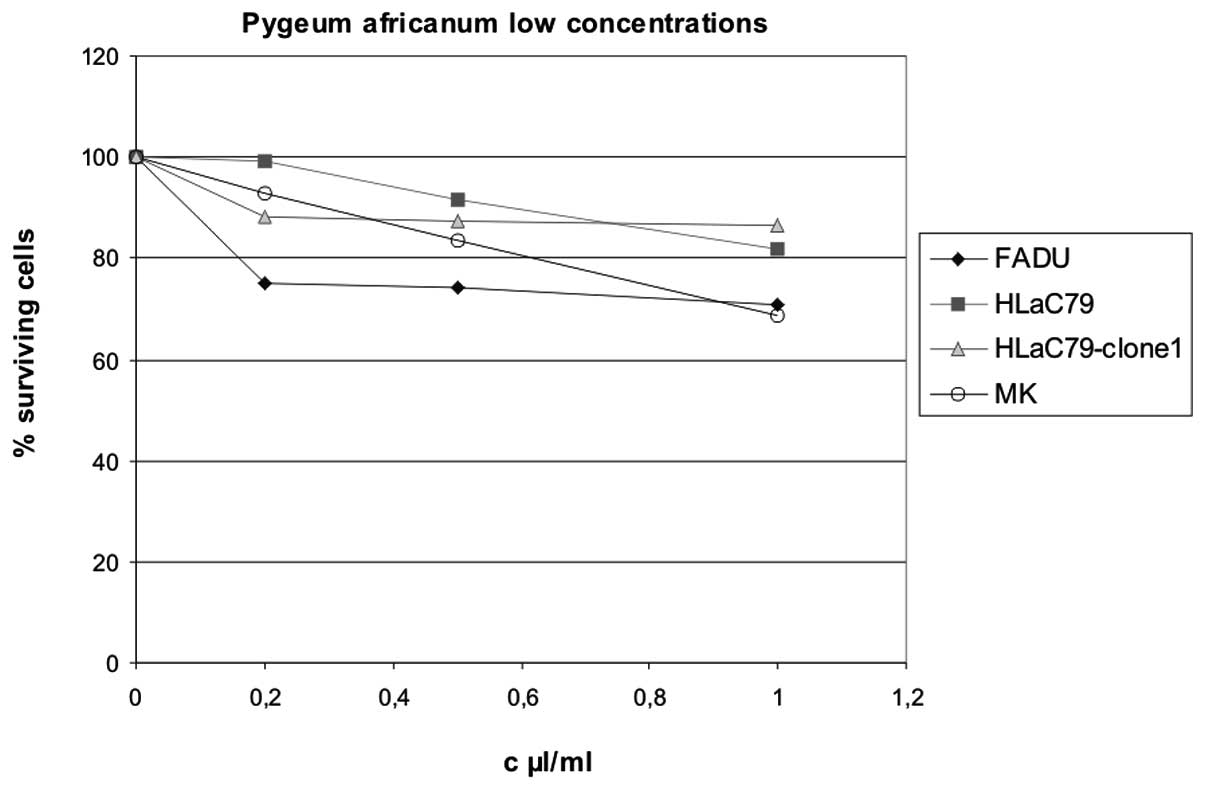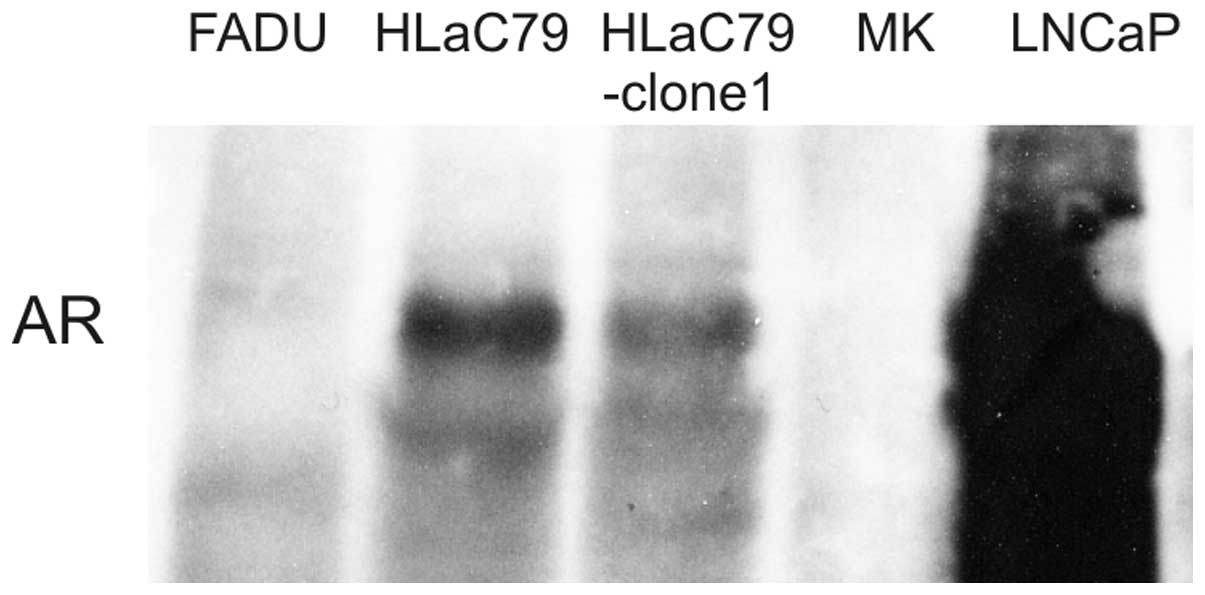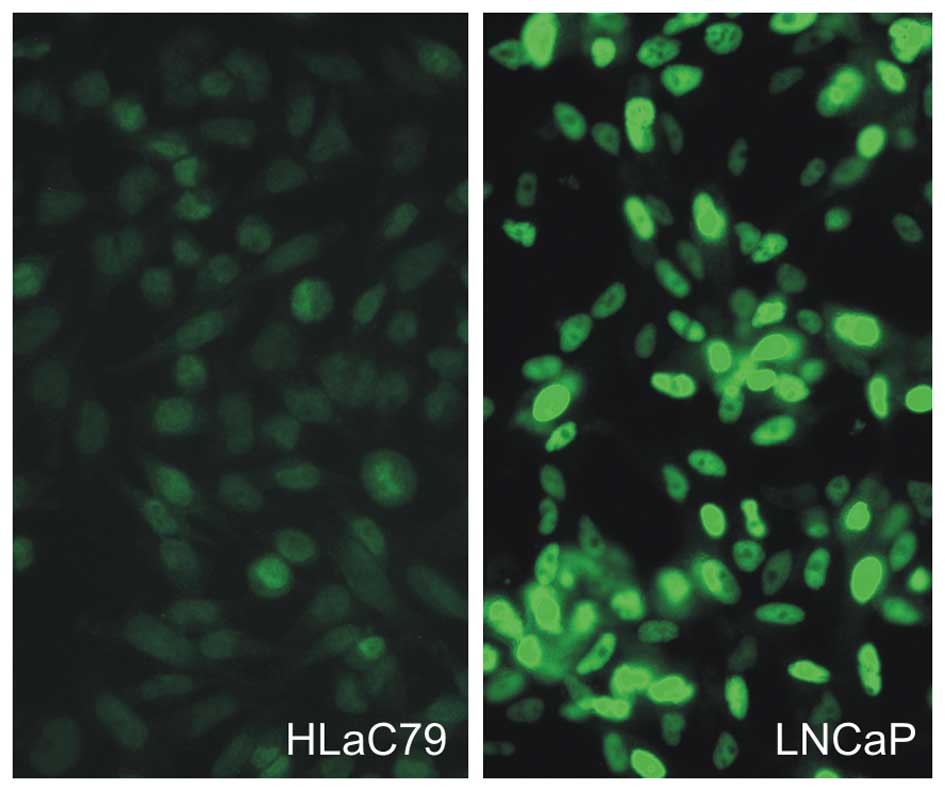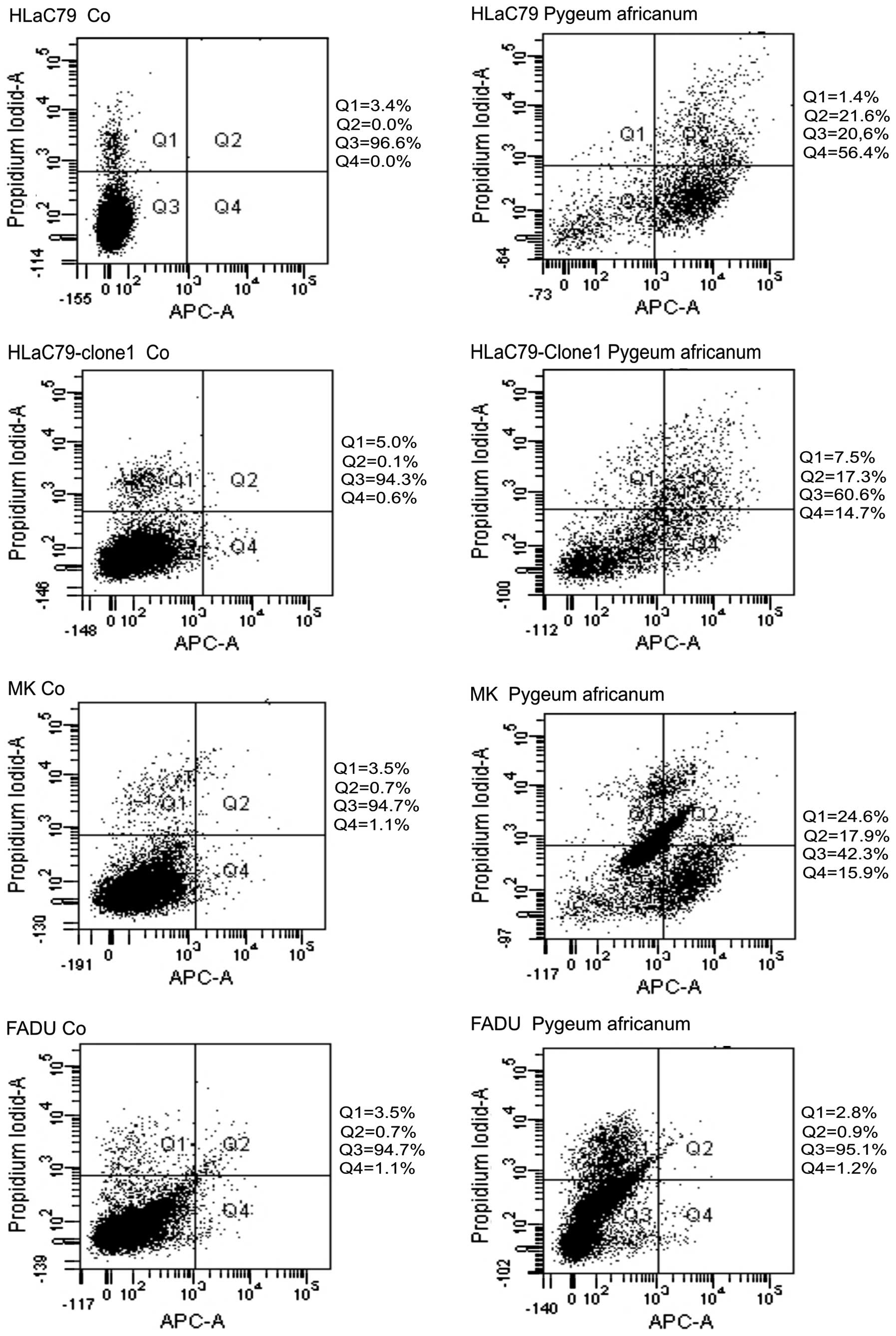|
1
|
Schmidt M, Polednik C, Gruensfelder P,
Roller J and Hagen R: The effects of PC-Spes on chemosensitive and
chemoresistant head and neck cancer cells and primary mucosal
keratinocytes. Oncol Rep. 21:1297–1305. 2009. View Article : Google Scholar : PubMed/NCBI
|
|
2
|
DiPaola RS, Zhang H, Lambert GH, Meeker R,
Licitra E, Rafi MM, Zhu BT, Spaulding H, Goodin S, Toledano MB,
Hait WN and Gallo MA: Clinical and biologic activity of an
estrogenic herbal combination (PC-Spes) in prostate cancer. N Engl
J Med. 339:785–791. 1998. View Article : Google Scholar : PubMed/NCBI
|
|
3
|
De la Taille A, Buttyan R, Hayek O,
Bagiella E, Shabsigh A, Burchardt M, Burchardt T, Chopin DK and
Katz AE: Herbal therapy PC-Spes: in vitro effects and evaluation of
its efficacy in 69 patients with prostate cancer. J Urol.
164:1229–1234. 2000.PubMed/NCBI
|
|
4
|
Moyad MA, Pienta KJ and Montie JE: Use of
PC-Spes, a commercially available supplement for prostate cancer,
in a patient with hormone-naive disease. Urology. 54:319–324. 1999.
View Article : Google Scholar : PubMed/NCBI
|
|
5
|
Small EJ, Frohlich MW, Bok R, Shinohara K,
Grossfeld G, Rozenblat Z, Kelly WK, Corry M and Reese DM:
Prospective trial of the herbal supplement PC-Spes in patients with
progressive prostate cancer. J Clin Oncol. 18:3595–3603.
2000.PubMed/NCBI
|
|
6
|
Dedhia RC and McVary KT: Phytotherapy for
lower urinary tract symptoms secondary to benign prostatic
hyperplasia. J Urol. 179:2119–2125. 2008. View Article : Google Scholar : PubMed/NCBI
|
|
7
|
Shenouda NS, Sakla MS, Newton LG, et al:
Phytosterol Pygeum africanum regulates prostate cancer in
vitro and in vivo. Endocrine. 31:72–81. 2007.
|
|
8
|
Pierini N, Citti F, Di Marzio S, Pozzato C
and Quercia V: Identification and determination of N-docosanol in
the bark extract of Pygeum africanum and in patent medicines
containing it. Boll Chim Farm. 121:27–34. 1982.(In Italian).
|
|
9
|
Roell D and Baniahmad A: The natural
compounds atraric acid and N-butylbenzene-sulfonamide as
antagonists of the human androgen receptor and inhibitors of
prostate cancer cell growth. Mol Cell Endocrinol. 332:1–8. 2011.
View Article : Google Scholar
|
|
10
|
Pfreundner L, Hoppe F, Willner J, Preisler
V, Bratengeier K, Hagen R, Helms J and Flentje M: Induction
chemotherapy with paclitaxel and cisplatin and CT-based 3D
radiotherapy in patients with advanced laryngeal and hypopharyngeal
carcinomas - a possibility for organ preservation. Radiother Oncol.
68:163–170. 2003. View Article : Google Scholar
|
|
11
|
Zenner HP, Lehner W and Herrmann IF:
Establishment of carcinoma cell lines from larynx and submandibular
gland. Arch Otorhinolaryngol. 225:269–277. 1979. View Article : Google Scholar : PubMed/NCBI
|
|
12
|
Imaizumi F, Asahina I, Moriyama T, Ishii M
and Omura K: Cultured mucosal cell sheet with a double layer of
keratinocytes and fibroblasts on a collagen membrane. Tissue Eng.
10:657–664. 2004. View Article : Google Scholar : PubMed/NCBI
|
|
13
|
Limtrakul P, Anuchapreeda S and Buddhasukh
D: Modulation of human multidrug-resistance MDR-1 gene by natural
curcuminoids. BMC Cancer. 4:132004. View Article : Google Scholar : PubMed/NCBI
|
|
14
|
Lowry OH, Rosebrough NJ, Farr AL and
Randall RJ: Protein measurement with the Folin phenol reagent. J
Biol Chem. 193:265–275. 1951.PubMed/NCBI
|
|
15
|
Kyhse-Andersen J: Electroblotting of
multiple gels: a simple apparatus without tank for rapid transfer
of proteins from polyacrylamide to nitrocellulose. J Biochem
Biophys Methods. 10:203–210. 1984. View Article : Google Scholar : PubMed/NCBI
|
|
16
|
Yablonsky F, Nicolas V, Riffaud JP and
Bellamy F: Antiproliferative effect of Pygeum africanum
extract on rat prostatic fibroblasts. J Urol. 157:2381–2387.
1997.
|
|
17
|
Hsieh TC and Wu JM: Mechanism of action of
herbal supplement PC-SPES: elucidation of effects of individual
herbs of PC-SPES on proliferation and prostate specific gene
expression in androgen-dependent LNCaP cells. Int J Oncol.
20:583–588. 2002.PubMed/NCBI
|
|
18
|
Kimura M, Inoue H, Hirabayashi K, Natsume
H and Ogihara M: Glycyrrhizin and some analogues induce growth of
primary cultured adult rat hepatocytes via epidermal growth factor
receptors. Eur J Pharmacol. 431:151–161. 2001. View Article : Google Scholar : PubMed/NCBI
|
|
19
|
Grandis JR and Tweardy DJ: Elevated levels
of transforming growth factor alpha and epidermal growth factor
receptor messenger RNA are early markers of carcinogenesis in head
and neck cancer. Cancer Res. 53:3579–3584. 1993.PubMed/NCBI
|
|
20
|
Bianchini C, Pastore A, Pelucchi S, et al:
Sex hormone receptor levels in laryngeal carcinoma: a comparison
between protein and RNA evaluations. Eur Arch Otorhinolaryngol.
265:1089–1094. 2008. View Article : Google Scholar : PubMed/NCBI
|
|
21
|
Chen B, Wang J, Li W and Ji W: Expression
of androgen receptor and estrogen receptor in carcinoma of larynx.
Lin Chuang Er Bi Yan Hou Ke Za Zhi. 20:649–651. 2006.(In
Chinese).
|
|
22
|
Nehse G and Tunn S: Androgen and
progesterone receptors in oral carcinoma. J Craniomaxillofac Surg.
22:114–119. 1994. View Article : Google Scholar : PubMed/NCBI
|
|
23
|
Fedoruk MN, Gimenez-Bonafe P, Guns ES,
Mayer LD and Nelson CC: P-glycoprotein increases the efflux of the
androgen dihydrotestosterone and reduces androgen responsive gene
activity in prostate tumor cells. Prostate. 59:77–90. 2004.
View Article : Google Scholar : PubMed/NCBI
|
|
24
|
Izzo AA and Ernst E: Interactions between
herbal medicines and prescribed drugs: a systematic review. Drugs.
61:2163–2175. 2001. View Article : Google Scholar : PubMed/NCBI
|















